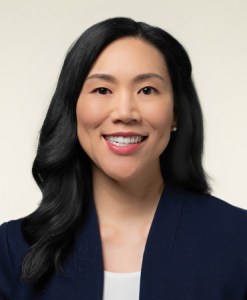What happens in Vegas, stays in Vegas. Sin City’s slogan may be appropriate for thrill-seeking visitors, but the people who live here have an important story that needs to be told. Beyond the spectacle and extravagance of the Strip, Nevada struggles with the nation’s highest unemployment rate, one of the lowest high school graduation rates, the lowest share of young children enrolled in early childhood education, and the highest violent crime rate. The scale of need in Southern Nevada far outweighs the capacity of the local community development infrastructure. Business (or community development) as usual hasn’t been cutting it in Vegas; a new approach is needed to address the region’s interrelated socioeconomic challenges.
As part of the Healthy Communities Initiative, a regional convening was held in Las Vegas in early 2012. The convening demonstrated the need for a coordinated, cross-sector approach to addressing the health and socioeconomic needs of Vegas’ low-income communities – one that relies on alignment across a range of sectors such as community development, health, education, government, philanthropy, and the private sector. Local players responded to the call for action and formed the Las Vegas Healthy Communities Coalition (LVHCC), a collective impact initiative with a mission, in their own words, to “foster collaboration and coordination across multiple sectors and stakeholders, to generate healthy outcomes for all Southern Nevadans, ultimately leading to a healthier community.” Despite a strong start, fueled by community-wide enthusiasm, seed funding, and new partnerships, the challenge of sustaining the initiative through focused, data-driven action has proven more difficult. It was clear “why” a cross-sectoral approach was necessary in Vegas, but the question of “how to execute?” remained unanswered.
A new case study by the Federal Reserve Bank of San Francisco details the formation and progress of the LVHCC, which is still in the early stages of development. Unlike other case studies, which often report on an initiative’s success after many years of careful planning and implementation, this study aims to provide a candid look at the challenging and emergent nature of cross-sector collaboration in progress. It is meant to shed light on specific challenges and lessons that have been learned in Las Vegas thus far in order to help other communities that have embarked on their own community collaboratives. Some of the key takeaways include:
- Lesson 1: Data must drive the initiative
- Lesson 2: The network must have adequate multi-year funding
- Lesson 3: Prioritize the development of a logic model or systems map
- Lesson 4: Establish and empower strong leadership early on
- Lesson 5: Understand the local context and adapt for success
- Lesson 6: Look for opportunities to test, refine, and learn
We all agree that a cross-sector approach makes sense, but what often gets lost in the initial excitement is just how difficult this work can be. As a field, we need to continue sharing and learning from each other in order to be successful. The community development story unfolding in Vegas is too important to stay in Vegas–we want to share it with the field and help spur on similar efforts in communities across the country.
The views expressed here do not necessarily reflect the views of the management of the Federal Reserve Bank of San Francisco or of the Board of Governors of the Federal Reserve System.
